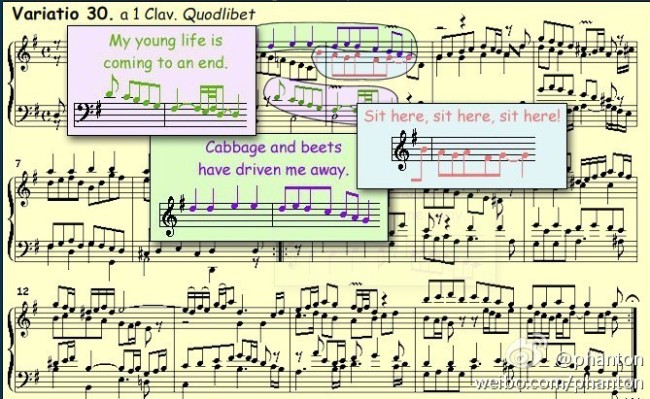All song address the problem of:
- Who’s talking
- To whom
- Why
together with these components, there are also 3 forms of narrative. Provided I am the composer, the 3 narrative will go like this:
- Direct address : eg. I love you!
- 1st Person Narrative: I talk to you about a third person.
- 2st Person Narrative: I talk to you about you and a third person
- 3rd Person Narrative: I talk to you about a third person and another third person
Besides, there also exists a theory called the Development Engine that says the development of a story can be divided into 3 boxes but the ideas of former boxes can never be larger than the latter ones.
- who
- what
- when
- where
- why
- how
To better present the above 6 friends, there are verses to deliver information, bridge to connect sections, pre-chorus to support as the link between verse and chorus, last but not least chorus to state the central idea of a song.
- Number of lines
- Matched or unmatched lines lengths
- Rhymes scheme
- Rhyme types
- Rhythm of lines
Now let’s examine these 6 elements in detail
Matched or unmatched lines lengths can also create prosody.
xxxxxxxxx and xxxxxxxxxxxxxx while xxxxxxxxxxxxxxxxxxxxx
xxxxxxxxxxxxxxx xxxxxxxxxxxxxx xxxxxxxxxxxxxxx
creates a sense of stability Creates a sense of instability
As to Rhyme scheme, rhymes can be a/b/b/a (unbalanced) which seems to be waiting for a few more lines, a/b/a/b (balanced), or a/a/b/b (balanced), in this pattern, the second a seems like a pause that brought about another idea.
As to the prosody of a song, there are 5 schemes of rhymes that can be arranged from the most resolved to the least resolved (stable-stable-stable/unstable-unstable-unstable).
The most stable rhyme scheme is sth like a couplet
xxxxxxxxxxxxx moe
xxxxxxxxxxxxx toe
It must fulfills the following 3 requirements to be a perfect rhyme:
- Identical vowels sounds
- Consonants following the vowels are identical (if any)
- The rhyming syllables begin differently
Perfect rhymes creates more acceleration and brings full closure to a song.
Family Rhyme differs from perfect rhyme only in the consonant sounds that follows vowels.It doesn’t have to be identical.Falling into related phonetics would simply form a family rhyme.
Plosive sounds, fricative sounds and nasal sounds form their own groups, any consonants from their respective groups can be selected to form a family rhyme cause they are phonetically related.
Plosive:
Mud: Cut/glut/shut/cup/truck
Fricative:
Love: buzz/grudge/rough/crutch
Additive and Subtractive Rhymes adds or subtracts consonants after the same vowels
cry:bribe/ride free/speed fine/resigned
Additive rhyme creates a sense of stability while subtractive rhymes creates instability.
Assonance rhyme is unstable and it seems to be diminishing……… It ends with a consonants from a different phonetic family following the same vowels.
life/tide blood/rush fool/rude
Consonant rhyme is rhyme scheme that rhymes with similar consonants, different vowels
limp/lump bit/bet
To review a little, we can see that
S u n
——— ——— perfect
——— ******* family (consonant from the same group)
——— ^^^^^^^ assonance (consonant from different group)
——— consonant (different vowel, same consonant)




